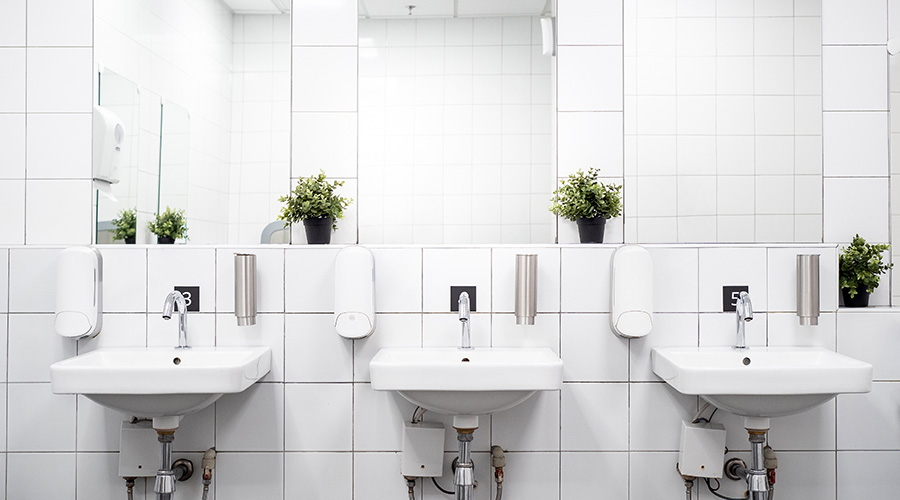« Back to Facilities Management News Home
« Maintenance & Operations
HC Info: 5 Steps New York City Building Owners Can Take to Reduce the Risk of Legionnaires’ Disease
Aug. 7, 2015 — On Aug. 6, Health Commissioner Dr. Mary T. Bassett ordered New York City building owners to disinfect their cooling towers within the next two weeks in response to the Bronx outbreak that so far has sickened 100 people and killed 10.
The New York Times reported Mayor Bill de Blasio as saying the order is “out of an abundance of caution” given that the outbreak “has been limited to one community in our city.”
Disinfection is warranted for cooling towers that are a suspected source of Legionnaires’ disease or in which high Legionella concentrations are detected.
Building operators should be cautioned, however, that studies have shown hyperchlorination with cleaning has only a short-term effect on Legionella bacteria. Studies by Broadbent and Bentham, published in the American Society for Microbiology’s 1993 book Legionella: Current Status and Emerging Perspectives, found that Legionella reappeared usually within one month and sometimes within days after disinfection.
A program of regular water treatment, maintenance, and inspections for cooling towers is much more effective than periodic disinfection. The same applies to plumbing systems, whirlpool spas, and other water systems that can harbor Legionella and transmit the bacteria to humans. It is far more protective to continuously manage water systems for Legionella control than to disinfect after Legionella is found – if testing is performed at all – or after someone becomes ill.
That is why a Legionella water management plan is the basis of ANSI/ASHRAE 188-2015 — the Legionella standard released by the American Society of Heating Refrigerating and Air-Conditioning Engineers (ASHRAE) on June 26 — and is the approach encouraged by the World Health Organization (WHO.2007.Legionella and the prevention of legionellosis. Geneva: World Health Organization).
For more than 20 years, government agencies and industry groups have known Legionella bacteria in building water systems can cause Legionnaires’ disease and have agreed that managing water systems in buildings for Legionella control is the best strategy for protecting the public. Moreover, the organizations have published guides and urged building operators to manage their systems properly.
With the new ASHRAE standard, there is now a strong consensus not only about the need for prevention, but about the approach to it. Documents issued by ASHRAE and WHO, as well as the Veteran’s Health Administration, even agree on the essential components that a water management plan should include.
To successfully implement the ASHRAE and WHO guidance, building operators should take the following five steps for plumbing systems, cooling towers, whirlpool spas, and other water systems that can harbor and transmit Legionella:
1. Develop a Legionella water management plan (WMP) that is effective in controlling Legionella.
2. Implement the WMP fully.
3. Validate the WMP to show that it is controlling Legionella. The best way to validate Legionella control in a water system is to test the water for Legionella.
4. Respond to test results appropriately.
5. Adjust the plan based on test results and new scientific findings and then go back to number 2 to continue.
Developing and implementing a quality water management plan gives a lot of risk reduction for the cost. No one understands the value better than those who have suffered from Legionnaires’ disease or lost loved ones to it. Building owners win, too, by reducing their legal risk, avoiding revenue interruptions, and protecting their image.
For more information bout HC Info, visit http://hcinfo.com/.
More From 8/11/2015 on FacilitiesNet







